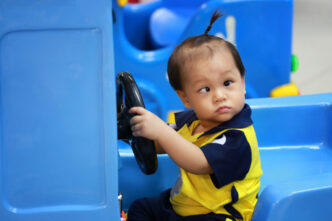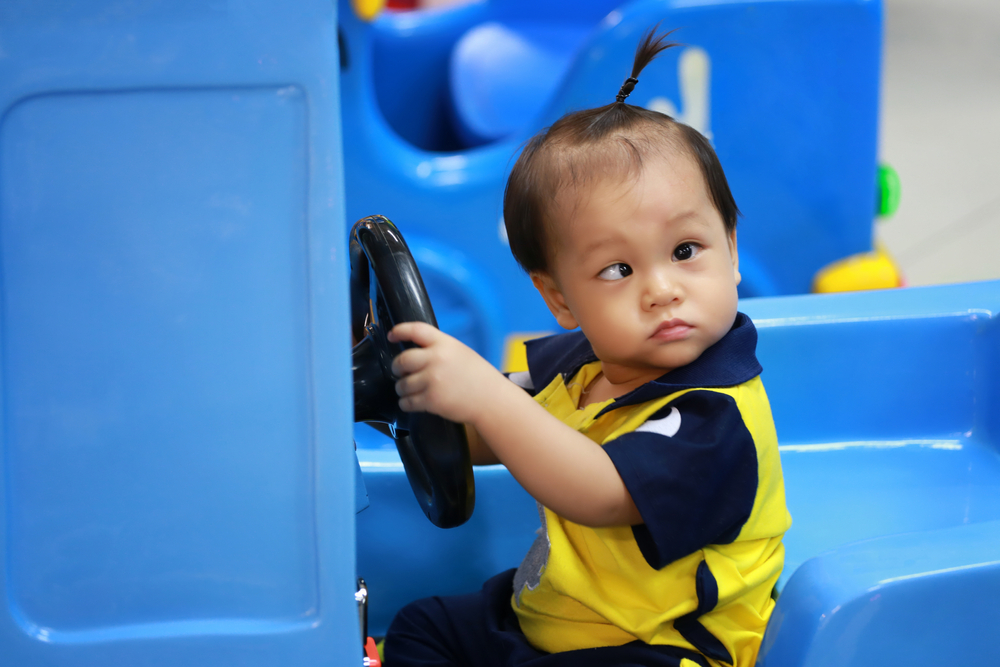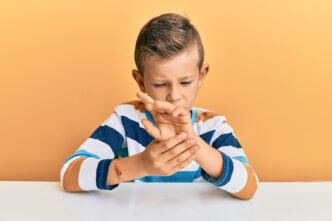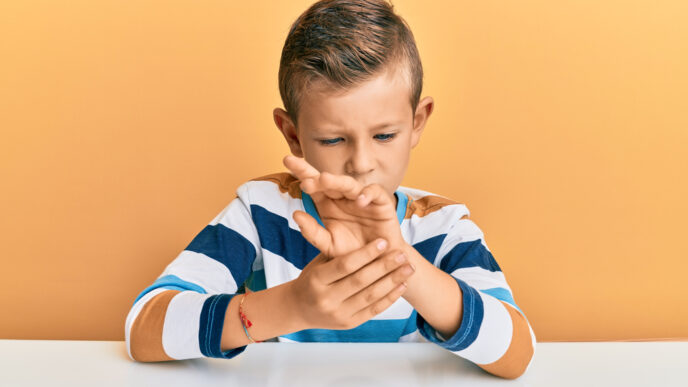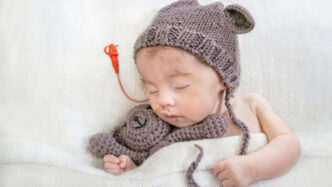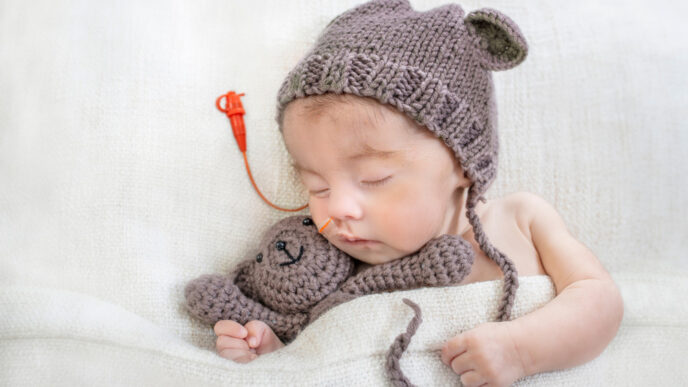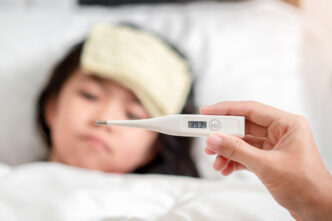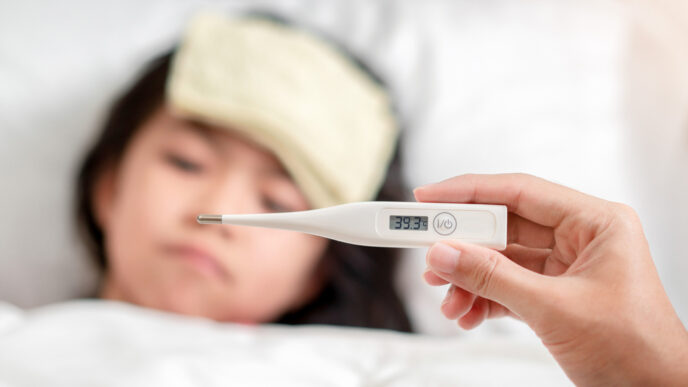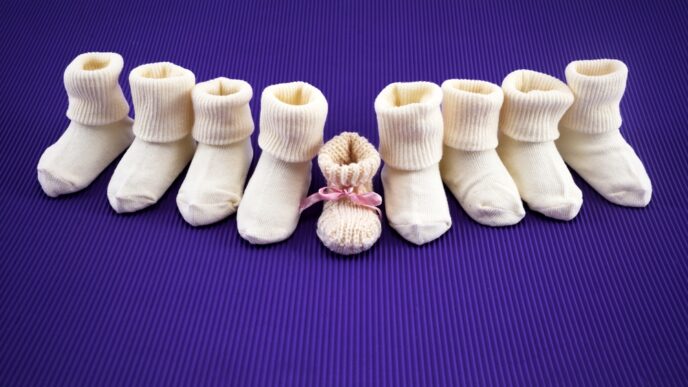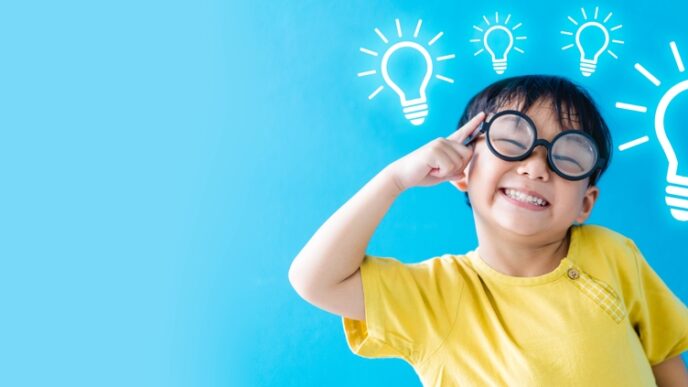Amblyopia or lazy eye is the result of the brain and eye unable to properly work together, causing the brain to be unable to recognize the signals sent by the affected eye. It usually happens to one eye, although both eyes can also be affected. As a result of lazy eye, the affected person has poor vision.
WORDS LIM TECK CHOON
 FEATURED EXPERT FEATURED EXPERTDR FIONA CHEW LEE MIN Consultant Paediatric Ophthalmologist and Strabismus Surgeon Sunway Medical Centre Velocity |
WHAT IS IT?
- Amblyopia, or lazy eye, can either develop from birth or from the moment the child starts to use their eyes.
- It usually affects only one eye. It can affect both eyes, but that kind of lazy eye is far less common.
- It’s a common cause of reduced vision or vision loss among children and young adults.
- It occurs when there is obstruction to vision and abnormal development of the eye-brain pathway. The brain and the eye fail to ‘communicate’ properly, and as a result, the brain cannot process what the affected eye is seeing.
- According to Dr Fiona Chew Lee Min, it can be challenging for the child to tell whether their eyesight is normal or not, as they have no way of knowing what normal eyesight is. However, parents can watch out for the following signs.
Common Signs that a Child May Lazy Eye
- Peering to view distant objects
- Abnormal eye movements
- Frequent squinting
- Abnormal head posture, such as tilting the head to one side
- Frequent falls and bumping into objects
- Problems performing activities that require a 3-dimensional vision, such as walking down the stairs.
WHEN YOU SUSPECT THAT YOUR CHILD HAS A LAZY EYE
- Dr Fiona states that amblyopia can by an eye specialist, who will conduct a full eye examination. “This examination usually includes an assessment of visual acuity, refraction, orthoptics or squint assessment, and a dilated eye examination to look for possible causes of amblyopia.”
EARLY DETECTION, BETTER OUTCOME
- If left untreated, a child’s lazy eye will get worse and become permanent. “Sometimes the vision is so bad that the child becomes legally blind,” Dr Fiona shares.
- Good news: lazy eye can be reversed if treatment were offered early. “The younger the child, the more adaptable the brain is to change,” she says. “If treated early, the eye-brain connections will recover faster, hence early detection is crucial.”
When Should Your Child Get an Eye Check-up?
- When the child is 6 months old
- When the child is 3
- When the child is 6
- After the child turns 6, they should have an eye check-up every 2 years
TREATMENT OPTIONS FOR LAZY EYE
- Treatment will vary, depending on the cause of the lazy eye.
- Children that have refractive errors will need to wear glasses, while those with cataract, squint, droopy eyelids, and retinal problems would need to have these conditions treated first to improve their vision.
- Penalization treatment is one way to treat lazy eye. This method ‘trains’ the brain to use the lazy eye by putting an eyepatch over the normal eye or adding atropine eye drops to blur the vision of the normal eye. However, this treatment may not be for everyone, especially those that feel conscious appearing in public with an eyepatch!
- Another treatment option is dichoptic therapy. This involves certain exercises or digital games to enhance eye-brain development.
| This article is part of our series on children’s health, growth, and development. |

